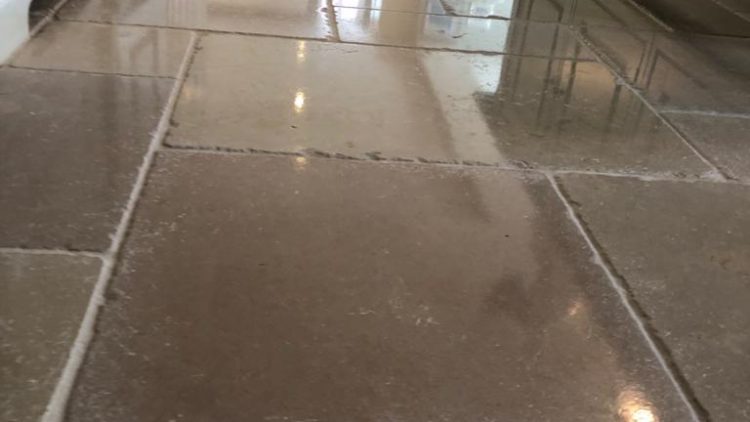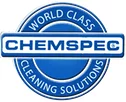The Art of Vitrification of Your Limestone Floor
The Art of Vitrification of Your Limestone Floor
When it comes to creating a luxurious and durable flooring solution, limestone is a timeless choice. Its natural beauty and durability make it a popular option for both residential and commercial spaces. However, to truly unlock its full potential and achieve that coveted glossy finish, one must turn to the art of vitrification. In this blog post, we’ll take you through the intricate process of vitrification for limestone floors, a transformative technique that elevates the aesthetics and longevity of this exquisite natural stone.
The Foundation: Preparation
Before we delve into the fascinating world of vitrification, it’s essential to start with a clean canvas. Preparing the limestone floor is the foundation of the entire process. Begin by meticulously removing any loose dirt, dust, or debris from the surface. Sweeping or vacuuming will do the trick, but be thorough. A pristine starting point is crucial for the best results.
Step 1: Initial Grinding
The journey to a luminous limestone floor begins with the first step: initial grinding. Coarse diamond abrasive pads or discs are employed in this phase. Their purpose is to level the floor and eliminate any existing blemishes, coatings, or scratches. Through this grinding process, a smooth and uniform surface is achieved, setting the stage for the subsequent polishing steps.
Step 2: Progressive Polishing
As we move forward, it’s time to bring out the shine. Progressive polishing is the heart of the vitrification process. This involves using finer grits of diamond abrasive pads or discs to gradually refine the limestone’s surface. The progression ranges from coarse (30-100 grit) to fine (800-3000 grit), each pass taking the floor closer to its ultimate glossy glory. It’s an art form where patience and precision are key.
Step 3: Chemical Treatment
Once the desired level of shine is attained, the limestone receives a special treatment. A chemical densifier or hardener is applied, which penetrates the stone and reacts with its calcium carbonate content. This chemical transformation makes the limestone denser and more resistant to staining and wear. It also helps to lock in the shine achieved during the polishing process, ensuring longevity and durability.
Step 4: Final Polishing
Now, as we approach the zenith of luminosity, we continue with the final polishing. This stage involves additional passes with fine-grit diamond abrasive pads, bringing the floor to its highest shine potential. The surface becomes smooth as silk, and the reflections are akin to gazing into a crystal-clear pool. It’s the moment when the limestone truly dazzles.
Step 5: Buffing and Crystallization
But wait, we’re not finished yet! The vitrification process often includes a final flourish known as crystallization. Here, a specialized crystallization compound, typically containing oxalic acid, is applied. A machine fitted with a steel wool or synthetic pad is employed to gently buff the floor. This seemingly magical process triggers a chemical reaction that forms a protective crystalline layer on the limestone’s surface. The result is a glossy finish that not only shines but also guards against future wear and tear.
Step 6: Cleaning and Maintenance
With the vitrification process complete, it’s imperative to conduct a thorough cleaning to remove any residual compounds. This ensures that your limestone floor not only looks stunning but is also safe for use. Regular maintenance is equally crucial to preserve the shine and durability of your newly vitrified floor. Routine sweeping and mopping with a pH-neutral cleaner will keep it looking its best for years to come.
In conclusion, vitrification is a masterful process that transforms ordinary limestone floors into extraordinary works of art. This intricate and labour-intensive technique requires expertise and the use of specialized equipment and chemicals. It’s a job best entrusted to professionals trained in stone restoration and maintenance. When executed with precision, vitrification can breathe new life into a dull and worn limestone floor, turning it into a breathtaking and long-lasting surface with a high-gloss finish.
So, if you’re looking to elevate the elegance and durability of your space, consider the art of vitrification for your limestone floors. It’s a journey worth taking, one that will leave you with a floor that not only reflects light but also the timeless beauty of natural stone.












